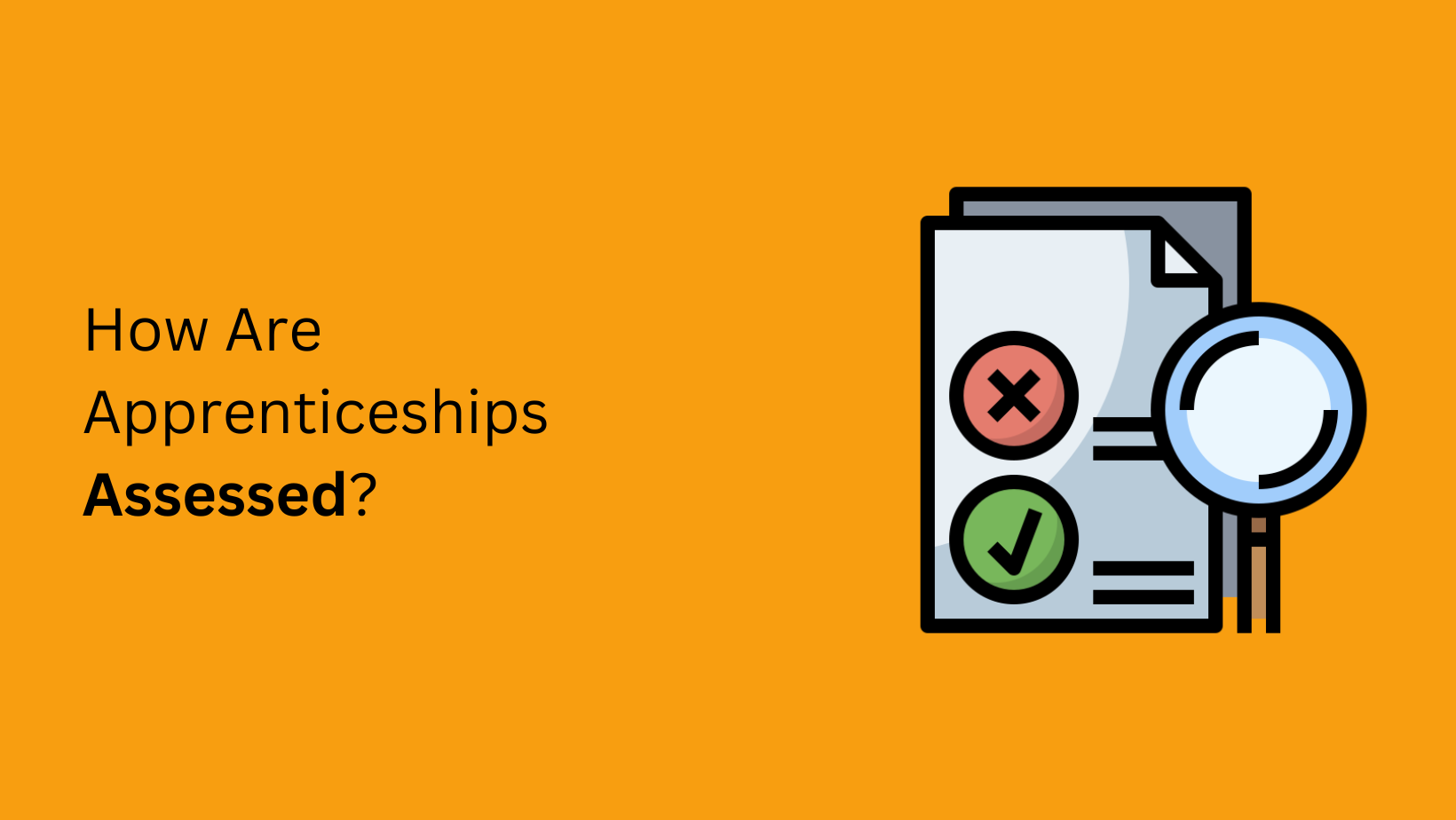Apprenticeships are an excellent way to gain practical skills and knowledge while earning a wage. However, you may wonder, “How are apprenticeships assessed?”
As an apprentice, it is important to understand how your progress and skills are assessed throughout the apprenticeship journey. In this article, we will explore the apprenticeship assessment process in detail.

On-the-Job Assessment
One of the significant advantages of apprenticeships is the hands-on learning experience they provide. Most of the assessment occurs in the workplace, where apprentices showcase their skills, knowledge, and competencies to their employer and training provider. This assessment ensures that apprentices can apply what they have learned directly to real-world situations.
Competence-based Assessment
Apprenticeships are structured around competency-based assessments. This means that the focus is on demonstrating practical skills and meeting specific criteria rather than simply acquiring theoretical knowledge. Assessors evaluate apprentices’ ability to perform tasks and complete work-based projects effectively.
End-Point Assessment (EPA)
After an apprenticeship, there is a formal assessment known as the End-Point Assessment (EPA). This assessment is conducted by an independent organisation, separate from the employer and training provider. It evaluates whether the apprentice has achieved the required skills, knowledge, and behaviours outlined in the apprenticeship standard.
Components of the End-Point Assessment
The EPA typically consists of various components, depending on the apprenticeship standard. These may include:
- Knowledge Assessment: A written or online test to assess the apprentice’s understanding of the theoretical aspects of their role.
- Practical Assessment: Demonstrating practical skills relevant to the specific occupation or industry.
- Project or Assignment: Completing a work-based project or assignment showcasing the apprentice’s ability to apply their knowledge and skills.
- Professional Discussion: A structured conversation between the apprentice and the assessor, allowing the apprentice to demonstrate their understanding and provide evidence of their development.
Grading
The End-Point Assessment is graded, with apprentices typically receiving a pass, merit, or distinction. The specific grading criteria and thresholds are outlined in the apprenticeship standard. Achieving a higher grade reflects greater knowledge and proficiency in the chosen occupation.
Ongoing Assessment
Throughout the apprenticeship, apprentices receive ongoing assessment and feedback from their employer and training provider. This ensures that they remain on track with their learning objectives and have an opportunity to address any areas that require improvement. Regular assessments may involve workplace observations, written assignments, progress reviews, and discussions.
Summary
Apprenticeships offer a unique and effective way to gain practical skills and qualifications. The assessment process is vital in ensuring apprentices are competent and ready for their chosen occupation. By understanding the various assessment components, including the End-Point Assessment and ongoing assessment, apprentices can prepare effectively and make the most of their apprenticeship journey.
Assessments are designed to support your growth and development, so embrace the opportunities to demonstrate your abilities and succeed in your chosen career.
